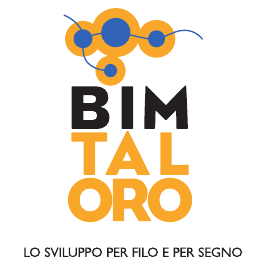Church of the Madonna del Carmine
The present church, built in 1858 in a different location from the previous building that was destroyed and whose foundations are now visible in the square called Su Cramu (i.e. of Carmine), stands in the Ovolaccio district.
The façade, surmounted by a gabled roof on top of which there is a small iron cross, has at its centre the entrance portal with a pointed arch bordered by grey granite slabs. Above it are two mullioned windows, also pointed, and a small central rhomboid oculus. On the right is the square belfry, also with mullioned windows and a pyramidal roof with a balcony.
The interior of the single-nave hall is decorated by three round arches painted in blue; at the back stands the marble high altar, set higher than the room, where the statue of the Madonna del Carmine, a small artefact of the Sardinian school from the first half of the 20th century, is displayed.
On the right, there is a small chapel dedicated to St. Basil in which a wooden effigy of the saint called here ‘San Basilio de Sa Dimanna’ (‘of the supplication’) can be seen. This work was completed between the end of the 16th and the beginning of the 17th century. On the opposite side is a chapel in which a statue of the Crowned Madonna with Child is displayed.
On the feast of Our Lady, celebrated on 16 July, and on the feast of St. Basil (the second Sunday in September), the prioresses of the respective associations are elected.
In the town of Desulo, in fact, the priorate tradition is ancient and deeply felt, so much so that there are no less than nine associations, closely linked to the districts to which they belong according to this order: in Issiria there are the priorates of Sant’Antonio Abate, Sacro Cuore, San Giuseppe, Santa Croce and Madonna del Rosario; in Ovolaccio those of Madonna del Carmine, San Basilio and Santa Rita; in Asuai those of San Sebastiano and Madonna del Rimedio.
The priorate is performed solely by women who are responsible for organising religious festivals, caring for churches, assisting the needy and attending funerals.
Text by Laura Melis
 BIM TALORO
BIM TALORO 